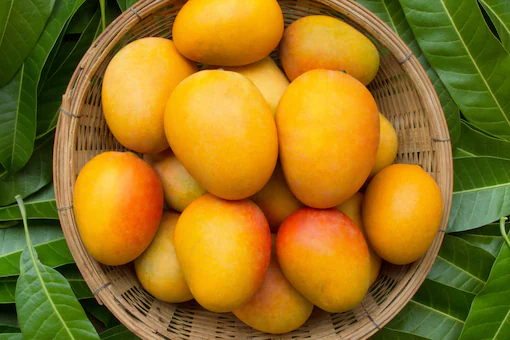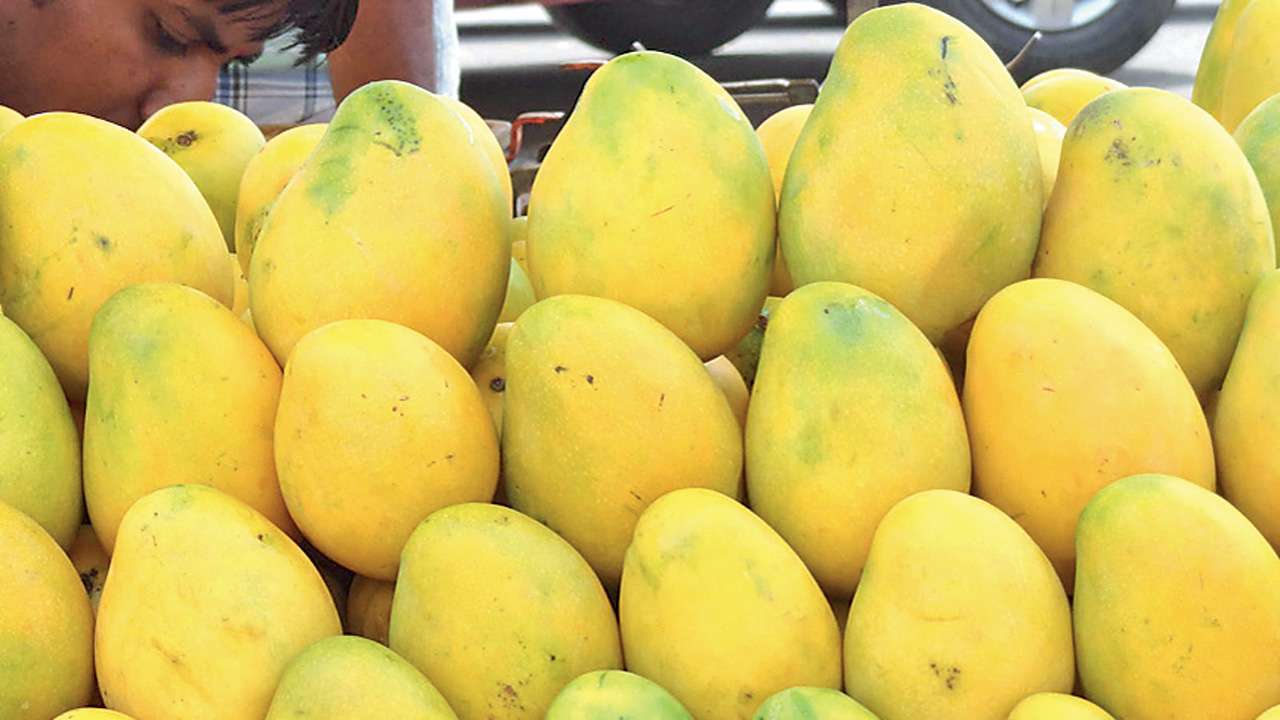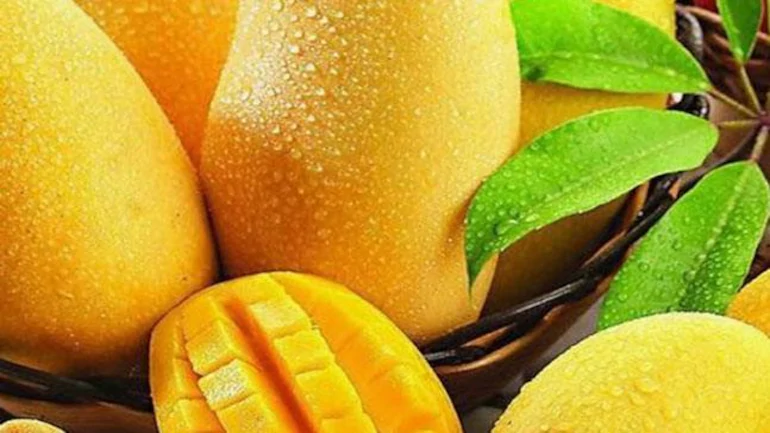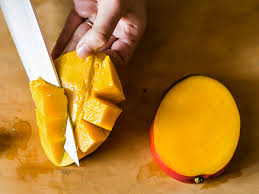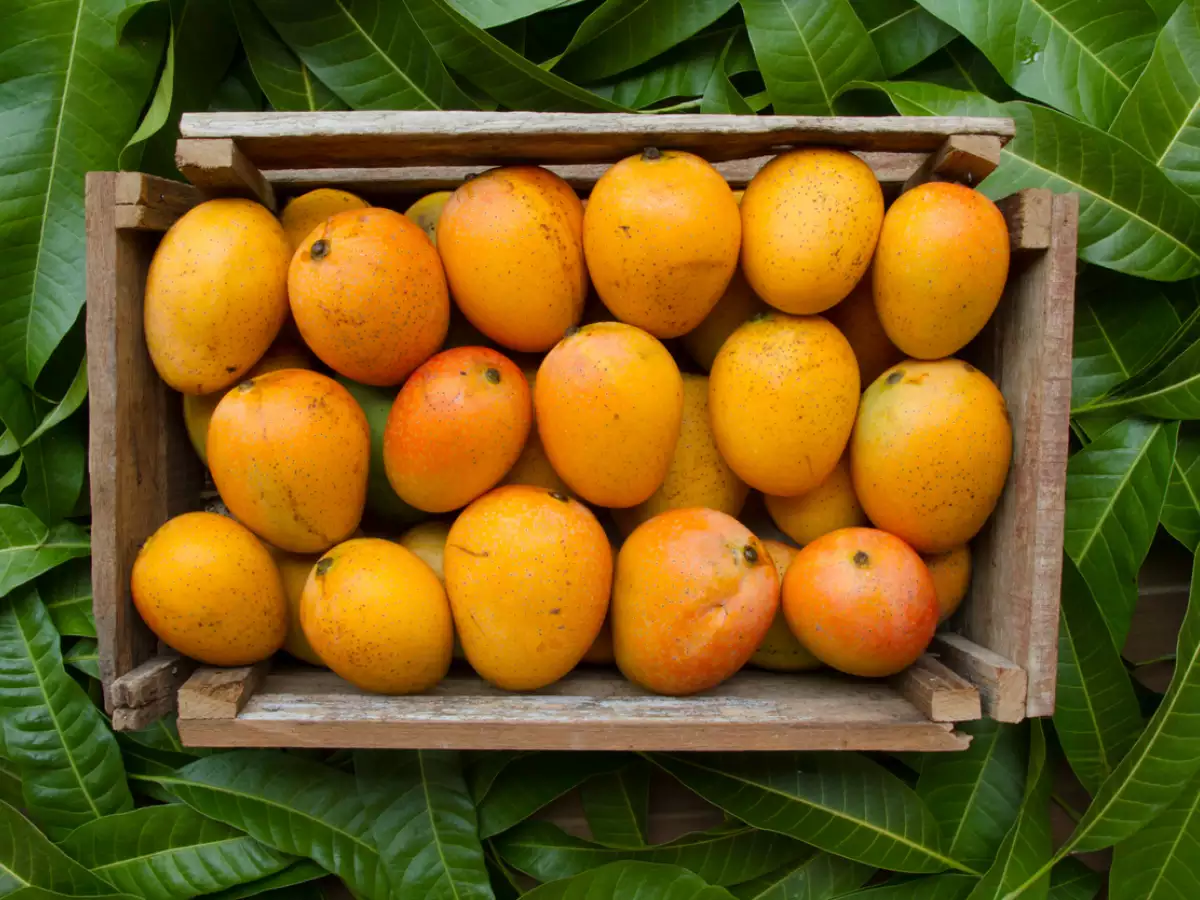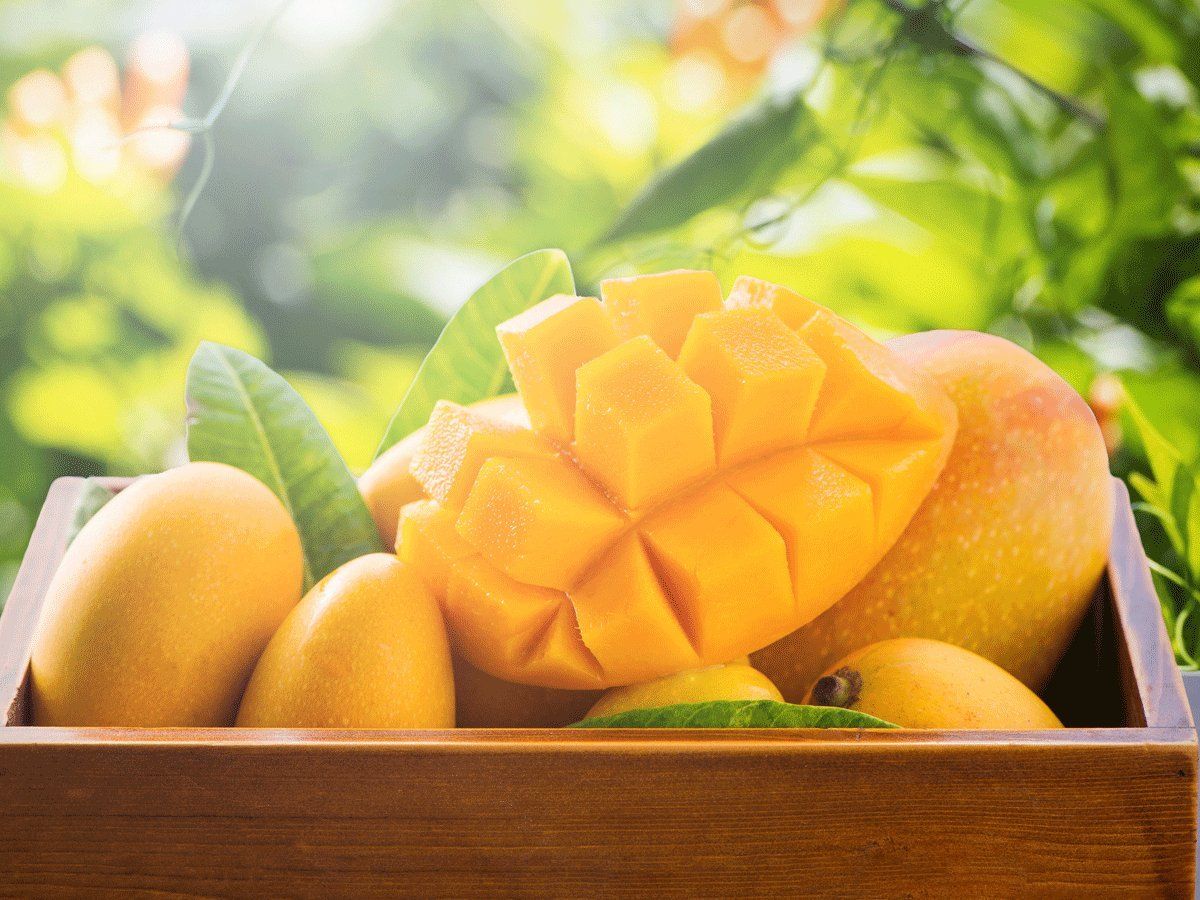
Leaders in World Mango Production and Export Statistics
Dr. Bhaskar Savani is a Graduate of Temple University School of Dentistry [Year 1995 Philadelphia]; prior to attending Temple University, Dr. Savani earned a master’s degree in Applied Chemistry and Post Graduate Diploma in Textile Chemistry from The M.S. University of Baroda, India. Read More..
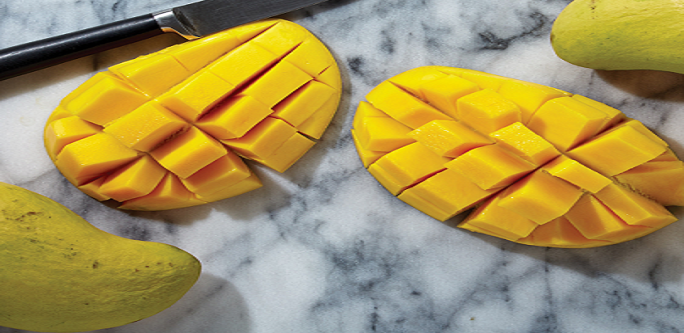
You Need To Try Savani Farms Indian Mangos
The story of how Indian mangos first came to the US starts with a man named Bhaskar Savani: the Pennsylvania dentist, who moved to this country from India, knew that Americans were missing out on one of the most delicious fruits in the world. Read More..
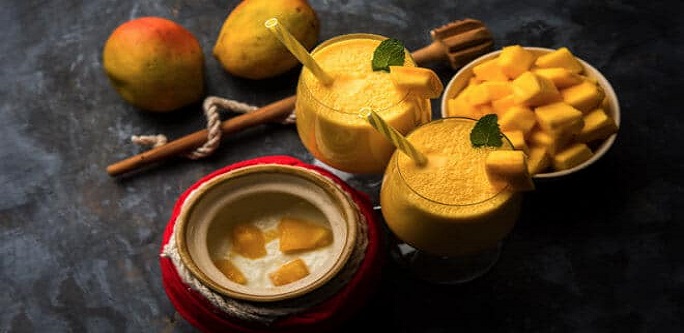
The Elusive Indian Aam
Pennsylvania-based dentist Bhaskar Savani, who has been at the vanguard of the Indian mango movement in the United States, says that for anybody who grew up in South Asia, mango is much more than just a fruit — “It’s a story, a memory.” Read More..
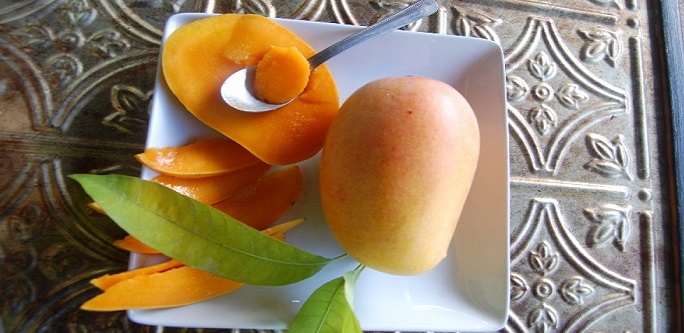
U.S. Braces for (Indian) Mango Madness
Imports of Indian mangoes, which already account for almost half the world's mango output, are expected to hit U.S. stores over the next month. A new trade agreement lifts a U.S. ban on Indian varieties of the fruit that was implemented in the mid-1980s over concerns about fruit flies.Read More..
Indian mangoes becoming more affordable in U.S., thanks to N.J. dentist
Two years ago, Bhaskar Savani played a leading role in lifting the federal ban on Indian mangoes. Now that they are in U.S. supermarkets, Savani is on the leading edge of another campaign -- making the fruit more accessible. Read More..
‘Jumbo Kesar’ Mango for South Florida
Noris Ledesma and Bhaskar Savani
Tropical Research and Education Center, University of Florida/IFAS, 18905 SW 280th St, Homestead, FL 33031
Savani Farms, 401 Commerce Dr. #108, Fort Washington, PA 19034
Addition Alindex words. estate agriculture, home garden, Indian mangos, mango cultivars
The air-shipment of mangos from India to the United States during the last 3 seasons has increased interest in the production of Indian mango cultivars in south Florida. ‘Jumbo Kesar’ is originally from India. The original tree was a descendant of the ‘Kesar’ mango grown at Dedakyali, a village near the town of Gir, Gujarat state. It was introduced in south Florida in 2008. Since that time, trees and fruit have been evaluated. The tree seems to be adapted to home garden and estate agriculture in south Florida. It has better productivity than other Indian cultivars when grown in south Florida as well as better disease resistance and overall fruit quality. The average fruit weighs 550 g and is greenish yellow with a red blush (when exposed to the sun). The flesh hass a deep yellow almost saffron color, is firm and juicy with a complex coconut flavor. The tree is medium sized and manageable with annual pruning. Size can be maintained at or below 6 feet while maintaining consistent production. The tree and fruit are somewhat tolerant to wet conditions, although fruit quality suffers when the monsoon comes early. The author recommends making larger test plantings of ‘Jumbo Kesar’ to further evaluate its suitability in south Florida.
Mangos have been cultivated in India since ancient times and are an important part of the Indian culture and economy. India exports nearly 30 varieties of mangos. Important export cultivars include ‘Totapuri’, ‘Alphonso’, ‘Dashehri’, and ‘Kesar’. Mangos have been exported from India to the United States since an irradiation treatment was approved in 2002. Since then, air-shipments of mangos from India to the United States have led to an increased interest in the production of Indian mango cultivars in south Florida. Attractive per-box prices and quality issues associated with the long-distance transport and the neces-sary postharvest treatment of the imported product have made the production of these cultivars in the Western Hemisphere an opportunity for growers (Campbell and Ledesma, 2013).
There is little reliable information regarding the most suitable locations for the commercial production of Indian mangos in south Florida as they are notorious for their horticultural challenges here. Indian cultivars have been introduced to south Florida over the decades with little success. There is some experience with ‘Kesar’ mango grown by local farmers in south Florida, but low productivity and large tree size have caused problems. The objective of this paper is to discuss ‘Jumbo Kesar’ as a candidate cultivar for south Florida, based on observations of ‘Jumbo Kesar’ trees grown in a local commercial orchard. The trees have been under evaluation for fruit and flower characteristics since they were planted in 2008. The authors recommend further evaluations with more details for growth management and productivity of ‘Jumbo Kesar’ in south Florida.
‘Jumbo Kesar’ in south Florida. The observations were recorded for 5 years in acommercial orchard in south Florida, using 20 trees grafted on ‘Turpentine’ rootstock. The trees are
*Corresponding author. Email: norisledesma.mango@gmail.com
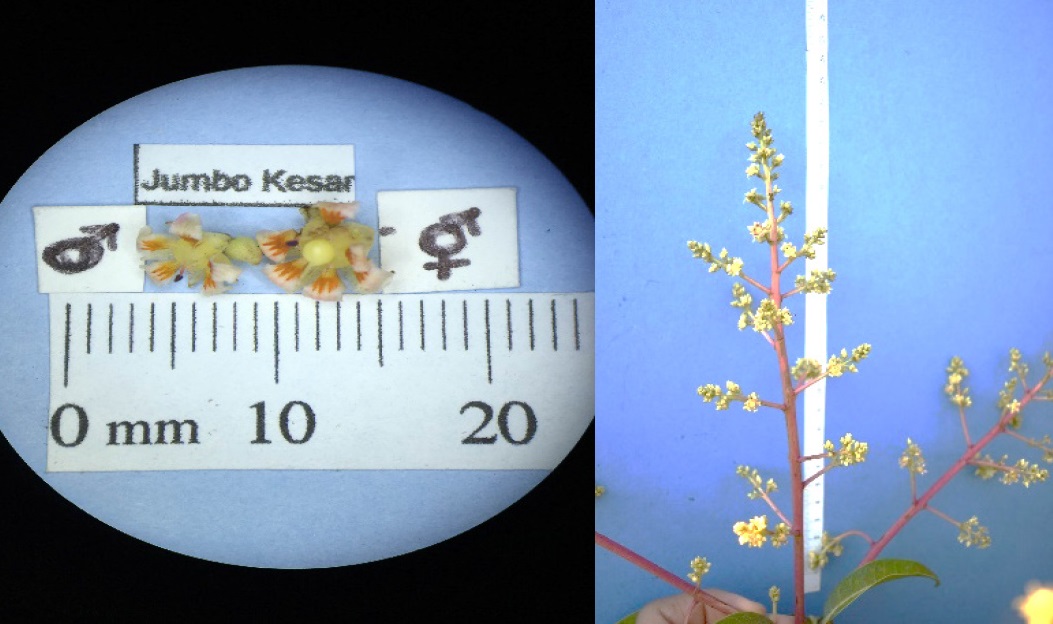
Fig 1. ‘Jumbo Kesar’ Flowers (left) and inflorescence (right).
thousands of individuals both male and hermaphroditic, which have 5 petals and sepals with a cream color with light violet tones (Ledesma, et al., 2018). Blooming is consistent and generally occurs from December to January depending on temperature. It is better when winters are cool and dry. The tree has a low suscep-tibility to anthracnose, though powdery mildew can be a problem when relatively high humidity occurs during flowering. ‘Jumbo Kesar’ requires a spray program for commercial production.
Fruit.
‘Jumbo Kesar’ has a subtle, floral aroma with compo-nents of coconut, honeysuckle, vanilla, and banana. The flavor is excellent and rich with strong notes of coconut, lemon peel, mandarin, lychee, honey, and milk as well as clove and cinnamon. It has a creamy, smooth texture, a Brix of 25%, and a long flavor life in storage. It is a fruit with high overall quality, and is a good alternative for local mango growers and consumers interested in good flavor. Consumer acceptance and eating quality is excel-lent. The fruit can be marketed to both ethnic and mainstream customers at attractive prices.
The fruit has an average weight of 550 g and is greenish yellow with a red blush when exposed to the sun. The flesh has a deep yellow almost saffron color, and is firm and juicy with
now 6 years old. Additional evaluations of fruit and flower mor-phology were conducted at the Fairchild Farm mango collection in Homestead, FL.
Origin.
‘Jumbo Kesar’ is a seedling of ‘Kesar’mango originally grown in Dedakyali village, Gujarat State. Madhavray Savani, a mango farmer from Mota Bhamodra village, started propagating the tree inspired by the improved size of the fruit. The ‘Jumbo Kesar’ started gaining popularity in the region, and many farmers started growing it. Today the Savani’s family has established the Gir Nature Trust, promoting sustainable farming and helping local farmers create a mango corridor using mangos including ‘Jumbo Kesar’ for wildlife migration. The tree was cloned and established at the living collection of Reliance Industries located at Jamnagar, Gujarat, and from there it was introduced to south Florida in 2008.
Tree.
The tree is medium sized and can be kept at or below 6 ft. without interfering with fruiting with annual pruning. Grafted trees have a spreading growth habit and dense foliage. Mature leaves are dark green while the new growth has a reddish-brown color. The tree and fruit have some tolerance to wet conditions, although fruit quality suffers when rainfall starts early. Prun-ing must occur after harvesting every year to limit tree size. It is advisable to avoid nitrogenous fertilizers and supplemental watering until flowering has occurred. The tree flushes twice or three times a year, with 13-inch internodes. Trees start bearing fruit at the age of 3–5 years and are productive compared with other Indian mangos.
Flowers.
‘Jumbo Kesar’ inflorescence (Fig 1.) is an average of 24–26 cm long and has an average of 50% to 70% hermaphroditic flowers. Flowers are produced on terminal inflorescences with

Fig 2. ‘Jumbo Kesar’ fruit.
small amount of fiber (Fig. 2). Skin is smooth with small, sparse pale-yellow lenticels. It is a monoem bryonic cultivar.
Maturity And Harvesting.
The fruit are ready for harvest from June to July in south Florida. Harvesting should be done when the fruit are mature but not ripe. The best flavor is obtained when the fruit is harvested at 25% maturity and stored at room temperature. Postharvest life is short at ambient temperatures, but low temperatures can ruin the flavor.
Literature Cited
Campbell, R.J. and N. Ledesma. 2013. Locations and Cultivars for Indian Mango Production in the Americas. Acta Hortic. 992:59–62.Ledesma, N., F. Segundo Varela, F. David Algarin, and R.J. Campbell. 2018. Morphological Characterization of Inflorescence and Flowers of 200 Mango Varieties (Mangifera indica L.). Proc Fla. State Hort. Soc. 129:49–51.









 401 Commerce Drive, Suite 108
401 Commerce Drive, Suite 108 mango@savanifarms.com
mango@savanifarms.com